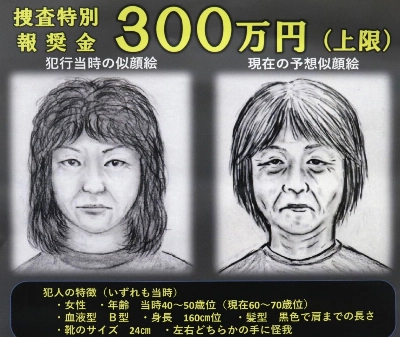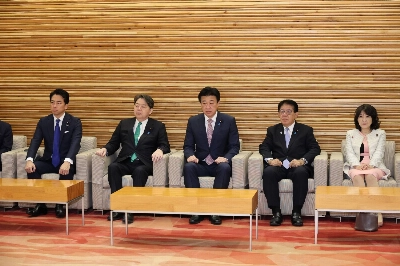It's hard not to feel well disposed toward a place like Nagasaki even before you set foot in it. Nagasaki was, after all, the port in western Kyushu that had to bear the torturous brunt of the anti-Christian persecutions assiduously pursued by the Tokugawa shoguns in the 17th century. And had it not been for the ill luck of smoke from a previous air raid hanging over the first-choice target, Kokura (now part of Kita-Kyushu), it would have been that city, not Nagasaki, that would have earned the unfortunate celebrity of being the scene of one of the world's all-time tragedies. The agent of destruction unleashed on Nagasaki on Aug. 9, 1945 was the plutonium bomb "Fat Man" (supposedly named in honor of Winston Churchill's paunch), released from a B29 that had set off from Tinian, Northern Marianas, just three days after the world's first apocalyptic demonstration of nuclear weaponry in Hiroshima.
The point where Fat Man detonated was 500 meters above Ura-kami, which was several kilometers to the north of central Nagasaki. Ground Zero of the explosion was Urakami Cathedral, which before its destruction was the largest Christian church in the Far East. A single standing section of the side wall surmounted by the sorry-looking figures of saints is today's main visible remnant of the original building.
Close by is the Peace Park, the most familiar icon within which is the 9.7-meter-high Peace Statue by local sculptor Seibou Kitamura. With its right hand pointing to the sky from where nuclear weapons descend and its left hand stretched out in a symbol of peace, the statue is certainly imposing, even if artistically it's not to everyone's taste. Also nearby is the Atomic Bomb Museum, which does only too effective a job of documenting at the personal level the pure horror of the blast that left more than 70,000 people dead.

















With your current subscription plan you can comment on stories. However, before writing your first comment, please create a display name in the Profile section of your subscriber account page.